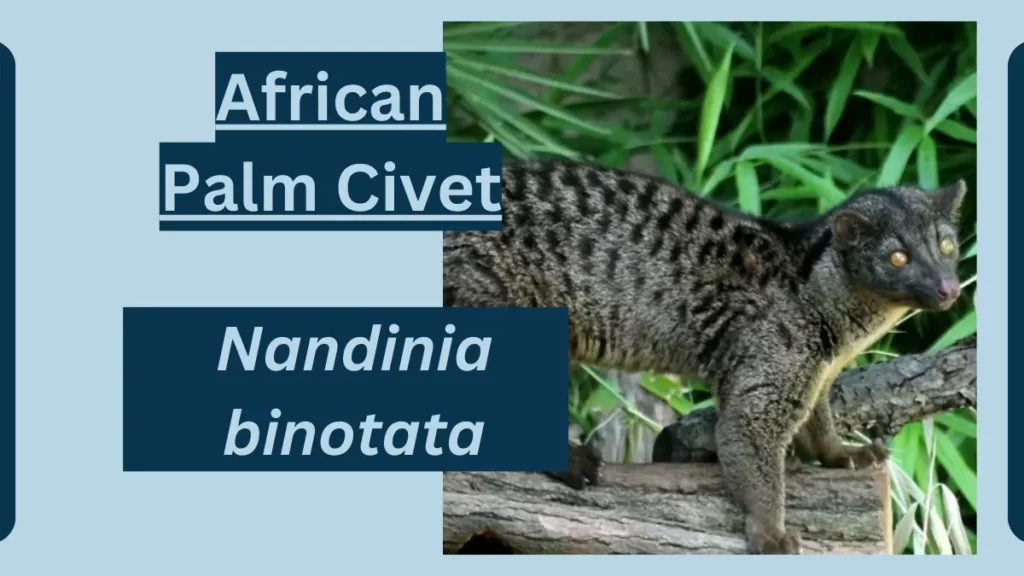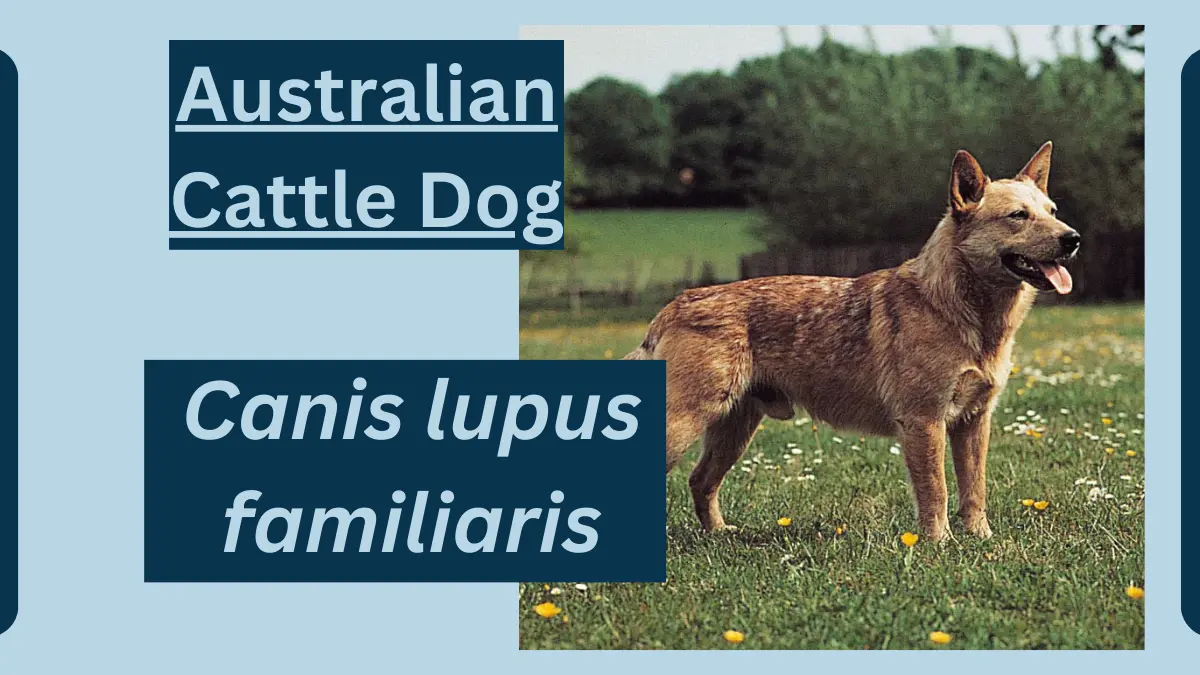African Palm Civet Animal Facts | Nandinia binotata
October 13, 2023
African Palm Civet is a nocturnal mammal native to Africa and is known for its unique diet of coffee beans and fruits. Its digestive process results in a highly prized coffee bean known as Kopi Luwak.

African Palm Civet
Here is some information about African Palm Civet.
| Topic | Information |
| Scientific Classification | Kingdom: Animalia |
| Phylum: Chordata | |
| Class: Mammalia | |
| Order: Carnivora | |
| Family: Viverridae | |
| Genus: Nandinia | |
| Species: Nandinia binotata | |
| Origins and Evolution | The African Palm Civet is a small carnivorous mammal native to sub-Saharan Africa. It belongs to the Viverridae family and is a distant relative of other civet species. |
| Characteristics | Mammal’s Anatomy and Appearance: African Palm Civets have a slender body with a grayish-brown coat, often with black spots and stripes. They have a long tail and a pointed snout. |
| Size: They are medium-sized carnivores, typically measuring about 16 to 28 inches (41 to 71 centimeters) in length, excluding the tail, and weighing around 3 to 8 pounds (1.4 to 3.6 kilograms). | |
| Distribution and Habitat | African Palm Civets are found in various habitats, including forests, savannas, and plantations, across sub-Saharan Africa. They are adaptable and can thrive in both rural and urban environments. |
| Behavior and Lifestyle | These nocturnal creatures are solitary and primarily active at night. They are known for their arboreal (tree-dwelling) behavior, excellent climbing skills, and omnivorous diet. |
| Reproduction and Life Cycles | African Palm Civets reproduce sexually, with females giving birth to litters of typically two to four young. The gestation period is around two months. |
| Diet and Prey | They are omnivores, with a diet that includes a variety of foods such as insects, small mammals, birds, fruits, and palm sap. They are opportunistic feeders. |
| Predators and Threats | Natural predators of African Palm Civets include larger carnivores like leopards and eagles. They are also vulnerable to habitat loss, hunting, and road accidents in urban areas. |
| Interesting Facts and Features | Palm Sap Harvesting: They are known for their role in palm sap harvesting, where they climb palm trees to feed on sap, which is then collected for its sweet taste. |
| Scent Marking: They use scent markings to establish territory and communicate with other Civets. They have perineal glands that produce a strong-smelling secretion. | |
| Relationship with Humans | African Palm Civets have limited direct interaction with humans in the wild. However, their role in palm sap collection has cultural and economic significance in some African societies. |
| Conservation Status and Life Today | African Palm Civets are listed as “Least Concern” by the International Union for Conservation of Nature (IUCN). While they face threats like habitat loss and hunting, their populations are generally stable. Conservation efforts aim to address these threats. |
File Under:







Leave a Reply